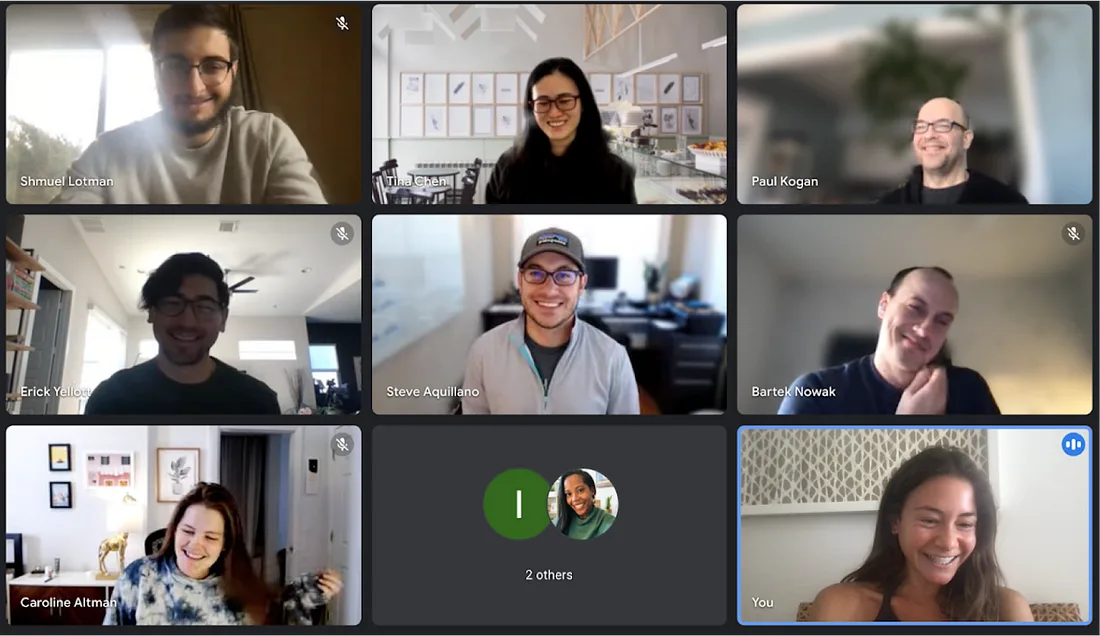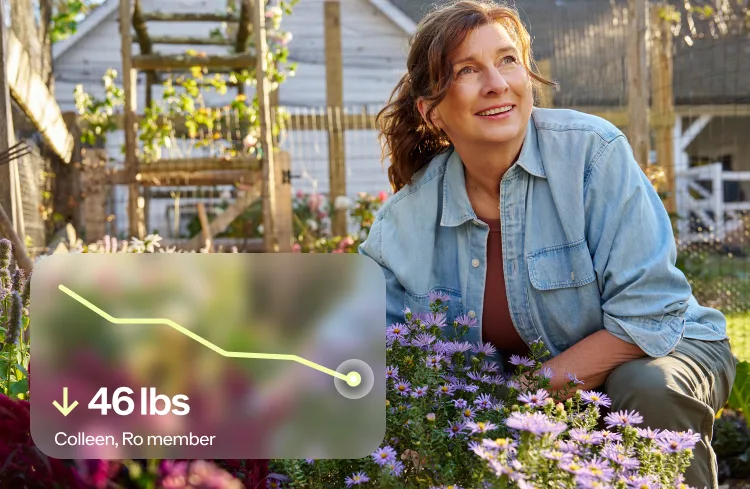Here's what we'll cover
Here's what we'll cover

In Peaks, Valleys, and Pastures, Ro’ers give you a look into the most exciting and most challenging parts of their work at Ro, as well as what they are most looking forward to. With our tech org being the largest and fast-growing part of our company, the day-to-day can look vastly across each team as we work to build a patient-centric healthcare system. Don’t miss out on opportunities to join our growing team — explore careers at Ro here.
Hi! My name is Jilly Stein, and I’m a Senior Product Manager on the Treatment Squad here at Ro. Our squad’s mission is to make it easier for providers to deliver high-quality care by placing the patient at the center of every treatment decision.
I’ve been at Ro for over 2 years now, and have been working primarily on Ro’s Care Center throughout that time. The Care Center is our internal medical record that Ro’s doctors and nurses rely on to review patient health information and make treatment decisions that will help patients achieve their health goals.
Before Ro, I had only worked at huge companies and never imagined joining a healthcare startup. Now my day-to-day involves working alongside doctors and nurses, and I love the people I work with. I’m so proud of the impact we’ve made on Ro’s patients and affiliated providers and I can’t imagine working on anything else.
Peaks
Last week, a few Ro’ers and I ran a workshop with about 20 other teammates from across the company — including engineering, clinical product strategy, data, product, design, and legal — to create a shared vision for care plans at Ro. In a traditional healthcare setting, a patient’s care plan represents the provider’s plan for the patient based on their assessment of pertinent health issues. At Ro, we’re building upon that with an even more patient-centric approach that better empowers patients to understand their own care plans (and work directly with their providers to adjust them over time). I collaborate closely with my friends from across the company to get clinical and provider input, understand patient needs, and answer questions like:
How do we define a care plan at Ro?
How will care plans help Ro’s patients achieve their health goals?
How will we prioritize iterations to our current care plan experience?
What could the end-to-end care plan experience look like 18 months from now?
We’re working on laying out a clear path forward for what the future of care plans looks like at Ro and I can’t wait to get started. I love that I get to spend my time thinking strategically about how Ro can improve patients’ lives at scale, with co-workers who come from such different backgrounds (both personally & professionally).

As the biggest bonus, I’ve spent the last few months skipping NYC winter and working from around the world! Remote work is the BEST.
Valleys
I think the hardest thing about being a Product Manager at Ro is making prioritization decisions. There are so many things we can do to help patients improve their lives, and I want to do it all. Choosing what not to work on here can be challenging at times.
As a PM working on Ro’s platform capabilities, it’s my responsibility to identify shared problems across each of Ro’s care verticals (i.e. Ro Mind, Ro Derm, etc.) so that the Treatment Squad can work on solutions that scale. Even if a platform initiative is originally inspired by one care vertical’s needs, we’re here to ensure that solutions will be helpful and accessible to other verticals in the future.
Since our squad works on the provider experience directly AND is tasked with solving problems across Ro’s verticals, we’re constantly faced with tough prioritization decisions.
Pastures
Prioritization only gets more challenging as we set out to tackle more opportunities to help patients. To make this process easier, my teammates and I are working on revamping our prioritization framework! The goal of the framework is to help us make decisions with higher confidence and clearly highlight why one initiative was prioritized over another, using a handful of key factors including estimated effort, impact on input metrics, impact on OKRs, and expected benefit to patients. I’m really excited about it.










